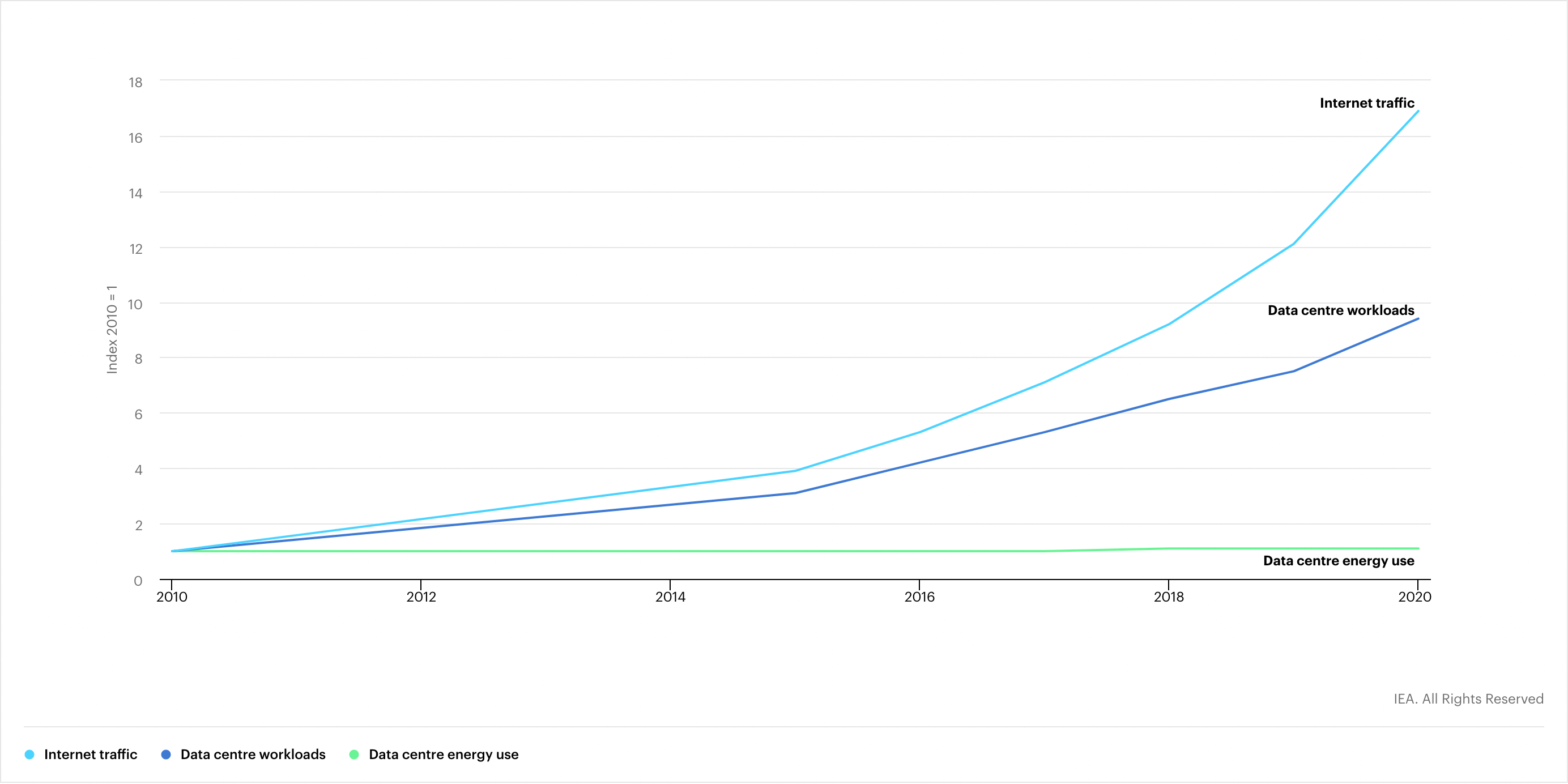Your online carbon footprint is probably not that bad
The year is 2022 and we are still quoting flawed and obsolete back-of-the-envelope estimates of the alleged CO2 footprint of our digital lives. Eco-guilt certainly drives clicks and engagements.
According to many mainstream media publications and the marketing content of countless businesses, a single email is estimated to represent up to 50 (!) gCO2e. On top of that, we should thoroughly clean our inboxes to minimize the footprint caused by energy-intensive servers used to store our correspondence. Yet, in actual terms, the marginal impact of sending one email is essentially zero.
Similar claims continue to exist about the alleged carbon impact of streaming video, regardless of excellent research that shows that those figures are vastly exaggerated. Netflix themselves shared an independent whitepaper from The Carbon Trust in June 2021 - one of the key findings reads as follows:
The average carbon footprint of one hour of streaming in Europe is approximately 55 gCO2e (grams of carbon dioxide equivalents). That’s about the same as microwaving four bags of popcorn, or three boils in an electric kettle in the UK. Previous guesswork profiled in the media had this figure as high as 3200 gCO2e, or as much as microwaving 200 bags of popcorn. So quite a difference!1
Consider the following chart from the International Energy Agency:

Even though global internet usage is growing at an exponential rate, the energy consumption of data centres remained flat thanks to rapid improvements in energy efficiency. In addition, data centres worldwide only consumed around 200 TWh in 2018, or about 1% of global electricity use2.
If you want to cut down on your emissions, keeping your devices for longer or buying refurbished seems much more effective: an iPhone 13 Pro is estimated to represent 69 kg CO2e over its life time3. That’s over 1.200 hours of streaming4.
-
Netflix (2021), The True Climate Impact of Streaming ↩
-
IEA (2019), Data centres and energy – from global headlines to local headaches? ↩
-
Apple (2021), iPhone 13 Pro Product Environmental Report ↩
-
Based on 55 gCO2e per hour, as per The Carbon Trust (2021), Carbon impact of video streaming. ↩